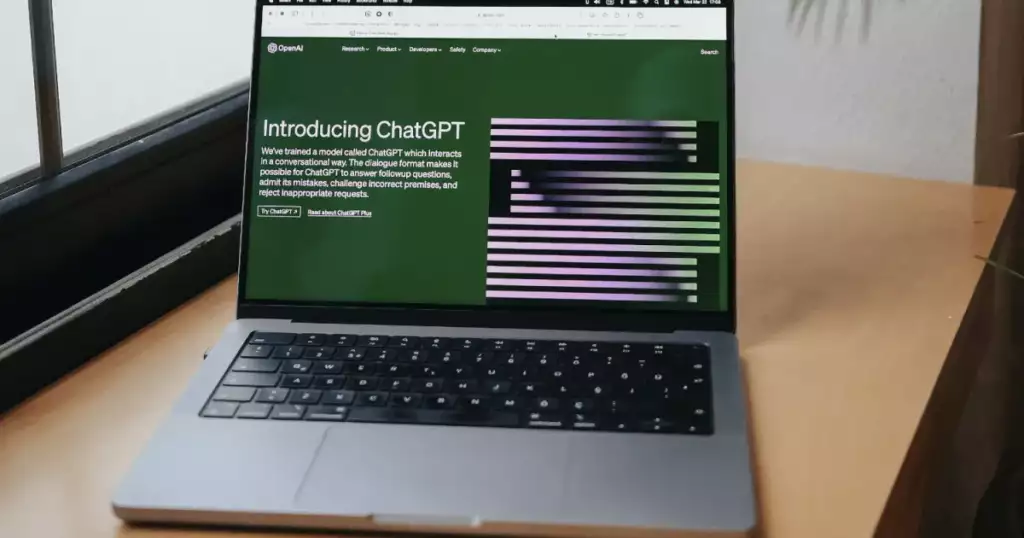Table of Contents
Introduction
In the realm of academia and content creation, originality and authenticity stand as pillars of integrity. Plagiarism, the act of presenting someone else’s work as your own, undermines these principles and can have serious consequences. To combat plagiarism, institutions and platforms often turn to plagiarism detection tools like Turnitin. However, a new question has arisen in the digital age: How does Turnitin detect ChatGPT-generated content, a product of advanced AI language models? In this article, we will delve into the intricacies of Turnitin’s detection methods and explore how they interact with ChatGPT’s output.
Understanding Turnitin’s Core Functionality
Before diving into the specifics of ChatGPT’s detection, it’s crucial to comprehend the underlying mechanisms of Turnitin. Turnitin is a widely used plagiarism detection tool that operates by comparing submitted text against an extensive database of academic and online content. This database includes previously submitted student papers, articles, research, and other textual resources from across the internet. Turnitin’s algorithm scans the submitted text and generates an “Originality Report,” which highlights similarities between the submitted text and existing sources, indicating potential instances of plagiarism.
Challenges of Detecting AI-Generated Content
AI language models, such as ChatGPT, introduce a unique challenge for plagiarism detection systems like Turnitin. Traditional plagiarism detection relies on matching submitted text with existing sources in its database. However, AI-generated content is often unique and does not have direct matches in the database. This poses a significant hurdle in identifying instances of plagiarism from AI-generated text.
Textual Analysis and Pattern Recognition
Turnitin employs advanced textual analysis and pattern recognition techniques to detect similarities between submitted content and existing sources. It examines not only verbatim matches but also paraphrased and restructured content. This approach is effective in identifying cases where students have attempted to camouflage their plagiarism through rephrasing.
When it comes to ChatGPT-generated content, Turnitin’s algorithm may identify similarities between AI-generated text and existing sources if certain patterns, phrases, or sentences are reused. While AI-generated text is often novel, it can inadvertently mirror existing content due to the vast amount of data it has been trained on.
Semantic Analysis and Contextual Understanding
To enhance its detection capabilities, Turnitin also employs semantic analysis and contextual understanding. This means that Turnitin doesn’t solely rely on word matches; it considers the context and meaning of the text. For example, if a student were to paraphrase an existing source while retaining the original meaning, Turnitin’s algorithm could still flag it as potentially plagiarized.
This semantic analysis could be both a boon and a challenge when dealing with ChatGPT-generated content. On one hand, it might help identify cases where AI-generated content closely aligns with existing sources in terms of meaning. On the other hand, the algorithm might struggle to distinguish between intentionally paraphrased content and coincidental similarities, especially if the AI-generated text explores a widely covered topic.
Turnitin’s Continuous Learning
Turnitin, like many AI-powered systems, evolves over time through machine learning. The more data it processes, the better it becomes at identifying nuanced forms of plagiarism. As AI language models become more prevalent, it’s likely that Turnitin will adapt to better understand and detect AI-generated content.
The Role of Citations and Referencing
One way to mitigate the challenges of AI-generated content detection is through proper citation and referencing. While AI models like ChatGPT can generate high-quality content, they might not always provide accurate or properly cited information. It’s the responsibility of content creators to ensure that any information derived from AI-generated content is appropriately cited and attributed.
Conclusion
In the ever-evolving landscape of content creation, the interplay between advanced AI language models and plagiarism detection tools like Turnitin introduces both challenges and opportunities. Turnitin’s core functionality of textual analysis, pattern recognition, semantic understanding, and continuous learning equips it to tackle the complexities of AI-generated content. However, as AI models continue to evolve, so too must the detection mechanisms.
As creators, students, and educators navigate this digital frontier, it becomes imperative to strike a balance between leveraging the capabilities of AI models and upholding the principles of originality and integrity. The symbiotic relationship between AI-generated content and plagiarism detection tools like Turnitin underscores the dynamic nature of technological progress in the academic and creative spheres.


